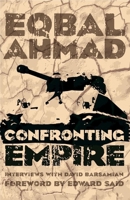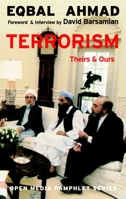Lettere di Cristoforo Colombo; autografi conservati nel Palazzo municipale di Genova
Select Format
Select Condition 
Book Overview
No Synopsis Available.
Format:Paperback
Language:English
ISBN:014002185X
ISBN13:9780140021851
Release Date:June 1985
Publisher:Penguin Group
Length:491 Pages
Weight:0.66 lbs.
More by Eqbal Ahmad
Customer Reviews
5 customer ratings | 5 reviews
There are currently no reviews. Be the first to review this work.










![Hardcover Lettere di Cristoforo Colombo; autografi conservati nel Palazzo municipale di Genova [Italian] Book](https://i.thriftbooks.com/api/imagehandler/m/B8C8D4DCB599CA187B4BD0345DFDB4CF9E505E34.jpeg)













